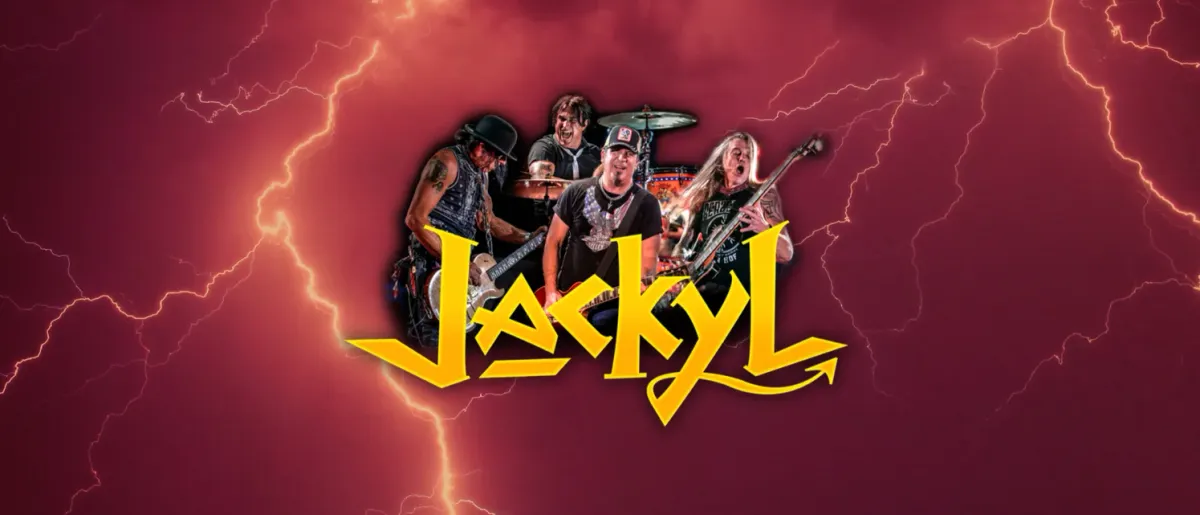
Advertisement
Poets read haikushead-to-head before judges
for big cash prizes.
Best haikus will win.
Any poet can enter,
so start writing now!
(That’s 3 haikus right there! See? Easy!)
Free to participate!
EMAIL [email protected] to sign up, subject line: "Haiku Death Match"
The Sedona Poetry Slam and Northern Arizona Book Festival are co-hosting a head-to-head Haiku Death Match at Heritage Square on April 12, as part of the 2024 Northern Arizona Book Festival.
This year, our matches will culminate in a featured reading by the legendary Ed Mabrey. Considered to be the GOAT of Poetry Slam, Ed Mabrey is a Poet, Professional Speaker, Screenwriter, Comedian, Voice/Stage/Film Actor.
https://edmabrey.com/
What is a Haiku Death Match?
A Haiku Death Match is a competitive poetry duel that is a subgenre of poetry slam. The Haiku Death Match is a prominent feature at the annual National Poetry Slam, replete with full costume for the host.
Haiku (俳句) is a form of Japanese poetry consisting of 17 syllables in three metrical phrases of 5 syllables, 7 syllables, 5 syllables.
Japanese haiku typically contain a kigo, or seasonal reference, and a kireji or verbal caesura.
In Japanese, haiku are traditionally printed in a single vertical line, while haiku in English usually appear in three lines (5-7-5 syllables), to parallel the three metrical phrases of Japanese haiku.
Slam haiku used in a Haiku Death Match is far simpler than traditional Japanese style haiku: The kigo and kireji can be omitted.
Slam haiku are simply three or fewer lines of exactly 17 syllables, no more, no less.
Slam haiku can be anything from a single 17-syllable sing line or simply 17 words.
A standard Haiku Death Match is conducted thus:
The host randomly draws the names of two poets, known as haikusters, from the pool of competitors.
The haikusters adorn headbands of two colors: Red and Not-Red (white).
Red Haikuster and Not-Red Haikuster bow to each other to demostrate they are friendly and that a Haiku Death Match is ultimately a silly thing.
Red Haikuster goes first.
The Red Haikuster reads his or her haiku twice. The audience does not clap or make noise (usually, though, they laugh or vocalize, but, of course, we must pretend that this is completely unacceptable).
The Not-Red Haikuster reads his or her haiku twice. Again, the audience does not clap or make noise.
The host waits for the three judges to make their choice for winner, then signals them to hold aloft their Red or Not-Red flag.
Simple majority (3-0 or 2-1) determines the winner.
The host asks the audience to demonstrate “the sound of one hand clapping,” i.e., silence, then “the sound of two hands clapping,” at which point they can finally applaud. The mock ceremony involving the audience is half the fun.
The winning haikuster of that round then goes first.
Depending on the round, the winner will be best 3 of 5, 4 of 7, best 5 of 9, etc., of a number determined beforehand for each round.
After the duel, Red Haikuster and Not-Red Haikuster bow to each other and shake hands. The next duel begins.
Advertisement
Event Venue & Nearby Stays
Downtown Flagstaff-Heritage Square, 15 E Aspen Ave, Flagstaff, AZ 86001-5220, United States,Flagstaff, Arizona










